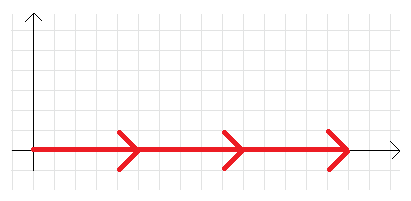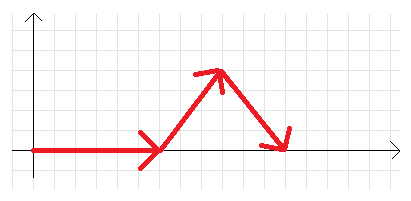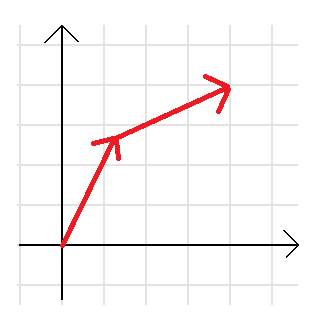9756: ABC198 —— C - Compass Walking
[Creator : ]
Description
Takahashi is standing at the origin of a two-dimensional plane.
By taking one step, he can move to a point whose Euclidian distance from his current position is exactly $R$ (the coordinates of the destination of a move do not have to be integers). There is no other way to move.
Find the minimum number of steps Takahashi has to take before reaching $(X, Y)$.
We remind you that the Euclidian distance between points $(x_1,y_1)$ and $(x_2,y_2)$ is $\sqrt{(x_1-x_2)^2+(y_1-y_2)^2}$.
By taking one step, he can move to a point whose Euclidian distance from his current position is exactly $R$ (the coordinates of the destination of a move do not have to be integers). There is no other way to move.
Find the minimum number of steps Takahashi has to take before reaching $(X, Y)$.
We remind you that the Euclidian distance between points $(x_1,y_1)$ and $(x_2,y_2)$ is $\sqrt{(x_1-x_2)^2+(y_1-y_2)^2}$.
Input
Input is given from Standard Input in the following format:
```
$R$ $X$ $Y$
```
```
$R$ $X$ $Y$
```
Output
Print the minimum number of steps Takahashi has to take before reaching $(X, Y)$.
Constraints
- $1 \leq R \leq 10^5$
- $0 \leq X,Y \leq 10^5$
- $(X,Y) \neq (0,0)$
- All values in input are integers.
- $0 \leq X,Y \leq 10^5$
- $(X,Y) \neq (0,0)$
- All values in input are integers.
Sample 1 Input
5 15 0
Sample 1 Output
3
He can reach there in three steps: (0,0)→(5,0)→(10,0)→(15,0). This is the minimum number needed: he cannot reach there in two or fewer steps.

Sample 2 Input
5 11 0
Sample 2 Output
3
One optimal route is (0,0)→(5,0)→(8,4)→(11,0).

Sample 3 Input
3 4 4
Sample 3 Output
2
One optimal route is $(0,0)→(2−\frac{\sqrt{2}}{2},2+\frac{\sqrt{2}}{2})→(4,4)$.
